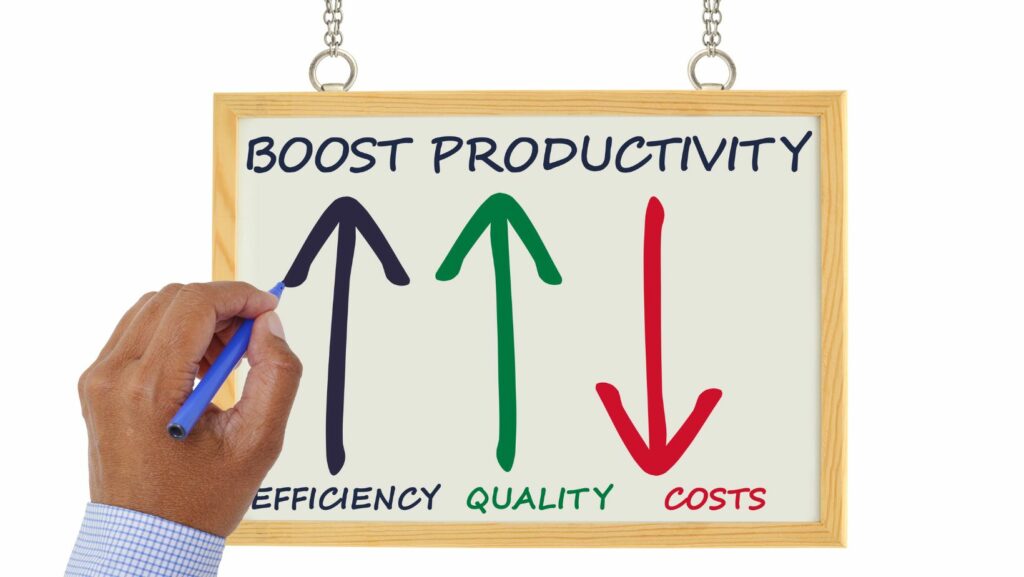In today’s fast-paced digital landscape, virtual assistants (VAs) have become indispensable assets for businesses and entrepreneurs. With their ability to handle a myriad of tasks from scheduling to data management, VAs help streamline operations and boost efficiency. However, to truly maximize their potential, VAs need the right set of productivity tools.
These tools aren’t just about ticking off tasks; they’re about enhancing workflow, communication, and overall performance. Whether it’s project management software or time-tracking apps, the right tools can transform how VAs operate, enabling them to deliver top-notch service with ease. As the demand for virtual assistance grows, understanding and leveraging these productivity tools becomes crucial for success.
By equipping VAs with the best resources, businesses can ensure their virtual teams are not only efficient but also agile and responsive in an ever-evolving work environment. Let’s dive into the essential productivity tools that can empower VAs and elevate their contributions.
Productivity Tools For VAS
Virtual assistants rely on productivity tools to streamline tasks, maintain clear communication, and enhance performance. Key tools fall under several categories.
Task Management Tools
Task management tools help VAs organize and prioritize assignments efficiently. Asana and Trello, for example, offer visual project tracking through boards and lists. These platforms facilitate collaboration and ensure that every team member stays updated on project progress, reducing the possibility of overlap.
Communication Tools
 Effective communication tools are crucial for VAs to interact with clients and teams seamlessly. Slack and Microsoft Teams enable real-time messaging and video calls, creating a collaborative environment. These tools support file sharing and integrate with other apps, making them versatile for daily operations.
Effective communication tools are crucial for VAs to interact with clients and teams seamlessly. Slack and Microsoft Teams enable real-time messaging and video calls, creating a collaborative environment. These tools support file sharing and integrate with other apps, making them versatile for daily operations.
Time tracking tools empower VAs to monitor work hours accurately, aiding in productivity assessment. Applications like Toggl and Clockify provide features to log activities and generate reports. Such insights assist in optimizing work schedules and ensuring timely project completion.
File sharing tools are essential for secure and efficient document exchange. Google Drive and Dropbox offer cloud storage solutions where VAs can access, share, and collaborate on files in real time, safeguarding sensitive information through encryption and access controls.
How To Choose The Right Tools
Selecting the right productivity tools is crucial for virtual assistants (VAs) to maximize efficiency and effectiveness. The right tools support diverse tasks, enhance operations, and improve overall performance.
Assessing Your Needs
 Pinpoint specific tasks where productivity tools offer the most impact. Consider areas like task management, time tracking, and communication. Identify any existing gaps in your current workflow. Prioritize tools that align with these needs first. Understanding the tasks VAs frequently manage helps streamline the selection process
Pinpoint specific tasks where productivity tools offer the most impact. Consider areas like task management, time tracking, and communication. Identify any existing gaps in your current workflow. Prioritize tools that align with these needs first. Understanding the tasks VAs frequently manage helps streamline the selection process
By equipping VAs with the best resources, businesses can ensure their virtual teams are not only efficient but also agile and responsive in an ever-evolving work environment. Let’s dive into the essential productivity tools that can empower VAs and elevate their contributions.
Evaluating Features
Examine each tool’s features based on predefined needs. Ensure task management tools offer seamless integration with existing software. Check if communication tools support various forms of interaction like instant messaging and video calls. Verify time tracking tools provide detailed insights into productivity patterns. Evaluate file-sharing tools for security protocols, ensuring sensitive information remains protected.
Tips For Maximizing Tool Efficiency
 Selecting the right productivity tools is just the beginning. To truly maximize their potential, virtual assistants should regularly evaluate their workflow and adapt tools as needs evolve. It’s beneficial to invest time in training and exploring advanced features of each tool, ensuring they’re being used to their fullest capacity. Encouraging feedback from VAs can also lead to discovering new ways to leverage these tools effectively. By fostering an environment of continuous learning and adaptation, businesses can ensure their virtual teams remain agile and productive in the ever-changing digital landscape.
Selecting the right productivity tools is just the beginning. To truly maximize their potential, virtual assistants should regularly evaluate their workflow and adapt tools as needs evolve. It’s beneficial to invest time in training and exploring advanced features of each tool, ensuring they’re being used to their fullest capacity. Encouraging feedback from VAs can also lead to discovering new ways to leverage these tools effectively. By fostering an environment of continuous learning and adaptation, businesses can ensure their virtual teams remain agile and productive in the ever-changing digital landscape.

